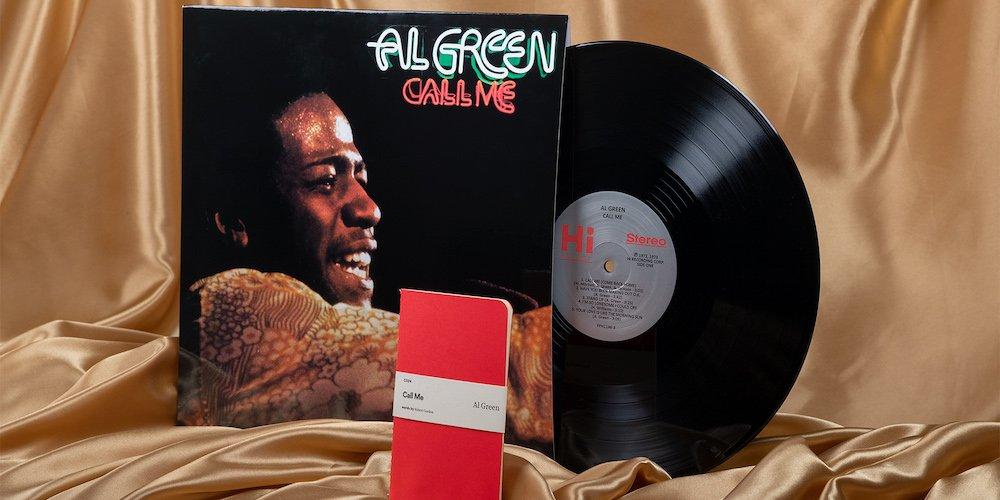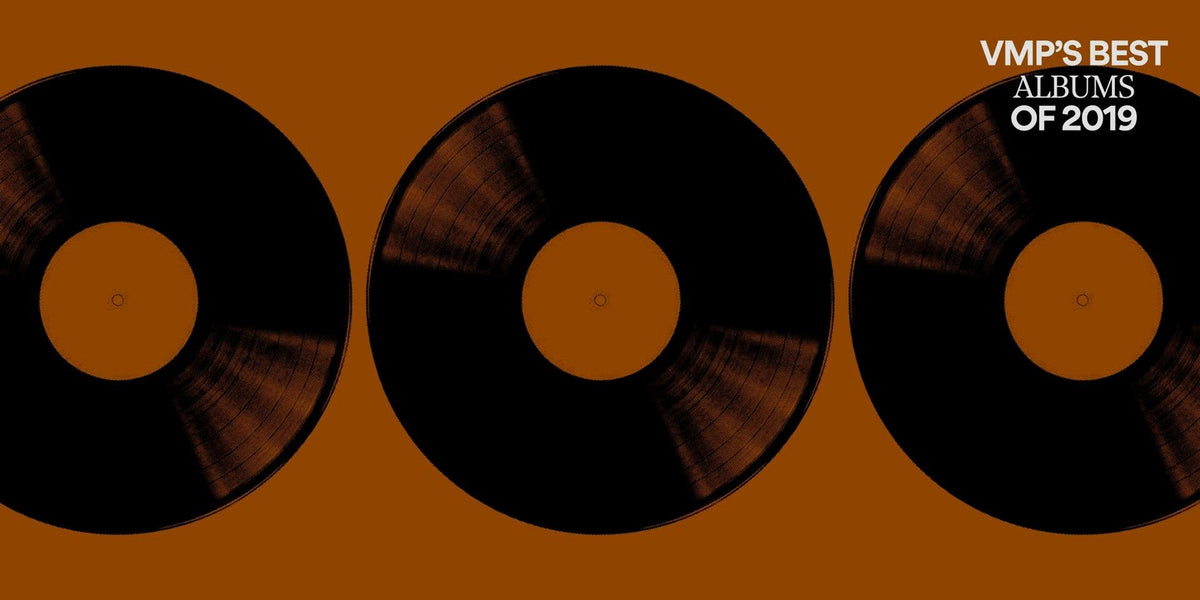Albert Leornes Greene, also known as Al Green, is one of the greatest soul singers of all time. With more than 30 recorded albums spanning over four decades, Green’s body of work earned him a reputation that would see him enter the Rock and Roll Hall of Fame in 1995.
Green is a singer who is vivacious and versatile. From broken-hearted ballads to stomping jams laced with innuendo, he is a singer who will take you on a different ride each time you choose to get on. Vocally, Green offers a diversity that is unrelenting. Every song feels carefully curated, and while the thematic elements of his music can be broad, individual songs can feel personal. Each record has its own unique disposition, its own unflinching identity. Green was remarkably confident and self-assured. Subsequently, he created albums that were the musical embodiment of these personality traits.
You can’t be blamed for not knowing where to start with the back catalogue of this soul ambassador. Fear not, the beauty of ol’ Green is that every album will offer something that can be enjoyed. Love, heartbreak and often desire, laid bare for us to hear over consistently well-written songs. Sometimes smooth, sometimes raw, sometimes funky — there is truly something for everyone in the armory of Al Green.

Green Is Blues
His first album with HI Records, **Green Is Blues, is a mishmash of covers that scream potential. This album was a stripped down showreel of what Al Green was capable of. It’s unrefined, but that’s far from a problem. Music aside, this was an album that created the most important relationship Green would have in his musical career: the relationship with his producer, Willie Mitchell. Green talks about his first meeting with Mitchell during the documentary The Gospel, According to Al Green and laughs at the fact that when Mitchell told him it would take two years for him to be a star, he walked away.
Eventually, Mitchell “talked him into it” and Green Is Blues was born. Boasting covers from The Beatles, Heyward and Gershwin and Jerry Butler, the album acts as a sound board for Mitchell. It’s as if Mitchell has chosen the broadest range of covers possible, to get to know Green’s voice and just what he was capable of.

Gets Next To You
On this album, Green fought for a more active role in the crafting of the songs. During The Gospel, According the Al Green, he riffs, with his tongue firmly in his cheek, about his battle to get a song he had written put out. He sits with his gleaming sunburst Les Paul and jokes:
“My girlfriend just hated it. She hated it. I used to play this song all the time, all the time. I became obsessed with it, obsessed with the (chord) changes. My girl, she said, can you please put that (guitar) down? You’re drivin’ me nuts!”
Hell, if you wrote “Tired of Being Alone” and had memories of an old flame telling you to shut up, you’d smile too. This song is without doubt the smash hit on this album and you probably already know it, even if you think you don’t.
“Tired of Being Alone” was an important song in more ways than one. Green had to push hard to get anyone to take his songwriting seriously. Willie Mitchell loved Al Green and was a champion of him as a recording artist, but was initially underwhelmed by Greens proposition of putting out his own tracks and it was a fight to get the songs past the wary record executives. Green recalls his brawl for his art in a meeting with record executives:
“I says, I want this record, Tired of Being Alone. You just gotta hear it, all you need to do is hear it…”
It took seven months for them to agree, but with Mitchell’s firm backing, the label agreed to put out “Tired of Being Alone”, which was a huge hit. Green never doubted it would be a smash. His self-assurance and self-belief would push forward his career as a songwriter and surrender him more creative control on future records.

Let’s Stay Together
Commercially, this was where Green really got the ball rolling. Not only did it head to No. 8 in the pop charts, it lasted 10 weeks at the top of the Soul Album charts. Recorded in the Royal Recording Studio, Memphis, Let’s Stay Together is an album of relentless quality. The title track, “Let’s Stay Together,” is arguably one of Green’s most reputable songs. In an interview with the BBC, Charles Hodges, who features throughout the album on his beautiful Hammond Organ, describes this song as one of his “greatest moments in recording.” “Let’s Stay Together” reached the top of the charts in both the U.K. and the U.S., and propelled Green to the superstardom he always knew he was capable of.
On this track, and throughout the album, Green allows himself to portray a vulnerability that we had not previously seen. This vulnerability is moving, taking us on the rollercoaster of emotions he allows us to see. This is typified by his cover of Marvin Gaye’s “How Can You Mend a Broken Heart?” From start to finish, it’s hard not to be moved. The stripped down arrangement allows Greens’ raw, mourning vocals to expose his unrelenting heartbreak. Green pleads with us, almost looking for an answer.
“How can you mend a broken heart? How can you stop the rain from pouring down?”
To see this pain, to feel it, you can’t help but listen to this album and feel closer to Green after.

I’m Still In Love With You
Of Green’s albums, this one’s a little harder-hitting, a little funkier and a little rougher round the edges (in all the best ways). The Hodges brothers are a prominent feature on this album and are watertight, laying concrete foundations for Green to build his lyrical house upon. Charles Hodges is utterly relentless on his signature Hammond Organ, complementing the house brass repeatedly. “Love and Happiness” steamrolls its way into your ears with a time signature so rhythmic and sturdy you can’t help but become utterly mesmerised. “I’m Glad You’re Mine” is hypnotically funky, with Charles Hodges almost stealing the show with his fluorescent organ sounds.
The title track, “I’m Still in Love With You,” is a criminally overlooked tune in Greens repertoire. It has everything you could want in a song. Green’s vocals gently tell you the tale of love and wanting, of confusion and desire. This record is bold and courageous, and incredibly self-assured, considering it had to follow the smash hit “Let’s Stay Together.”

Call Me
If it ain’t broke, don’t fix it. In this case, the Mitchell/Green powerhouse rolls on with more refined and delectable soul music. This is one of the more overlooked albums in Greens discography, but hell, it had to follow “Lets stay Together” and “I’m Still in Love With You.” One could say it’s courageous in its unwavering self-assurance. You don’t feel an ounce of pressure coming from Green’s fluffy soft vocals, or Mitchell’s minimal arrangements. It’s as if the album was deliberately stripped down to make the point of the strength of its identity.
This is our Classics Record of the Month for May. Sign up to receive this album here.

Livin’ for You
This album is a bold ode to the values of traditional soul music. Created in a time when soul music was morphing and diverging in to a messy web of sub genres, Livin’ For You stands strong and reminds you why change isn’t always necessary.
Livin’ for You is every bit a Willie Mitchell album as it is an Al Green one. The arrangements are tight, punchy and concise. Green’s vocals float beautifully on the river of brass laid out by the Stax house band (God rest their souls). The opening track, also named “Livin’ for You,” is rich with Green’s sass. Even in heartbreak, Green manages to remain remarkably self-assured. Though it sounds great, this was a personality trait that would eventually end up with Green having a pan of hot grits thrown over him by a furious lover.
This is an album that has not been over-complicated, with well-written songs doing all the work. Livin’ for You is a strong and consistent album, powered by a bold sense of creative identity and a powerhouse production partnership.

Explores Your Mind
Explores Your Mind is an Al Green album in its purest form. This album is the first Green album that doesn’t feature a cover. This album is all Al, in all his glory. Not only this, but Green and Mitchell allow his long term house band compatriots to throw their hats in the ring and involve themselves in the songwriting process.
Written with the funk and soul guitar legend Mabon Hodges, “Take Me To The River” is a real humdinger. The track starts with a memorial to Green’s recently passed cousin, Junior Parker. This sets the tone for what is an emotional and vivacious affair. The vocals and guitar dance around in a flurry, while the brass keeps them in time. Green slams his vocals down, with his gristly screams capturing more feeling than we can manage. Junior would have loved it.
Charles Hodges tags in with co-writing “The City,” creating a song that takes us on a journey. Green riffs about a City he can see in the distance, about how he wants to be there and his journey to get there. It’s a homage to his ambition. At this point Green was a big player both in the mainstream and soul charts. “The City” lets us know that Green isn’t done yet, not anywhere near done.
Collaborations aside, this album reminds us of just how versatile Green can be with lyrical narratives. “One Night Stand” takes Green back to his younger years, and he lets us all know he still carries an undeniable sex appeal. “School Days” takes us back a step, reminding us that Green is dangerously human, capable of an undeniable helplessness that most men daren’t voice.

The Belle Album
As his first album without producer Mitchell, Green takes an admirable step into the unknown with The Belle Album. On this album, Green takes as much creative control as he can manage, recording all 39 minutes and 41 seconds of this album in his home built studio in Memphis. Not only does he produce this album, but he also writes every song, as well as acts as the lead guitarist for the house band.
Throughout the album, you can sense that Green is enjoying finding his footing. This change of style feels like a cold drink on a hot summer’s day. For years, Mitchell and Green were making albums together. The Belle Album almost makes Green sound brand new. You can sense that Green is enjoying the control, allowing himself to experiment and construct ideas that had long sat in the back of his mind.
One thing that doesn’t change is Green’s ability to write a love song. The title track “Belle” reminds us that producer or no producer, Green is a master of the love song. While Green’s foray in to production is noticeably unrefined, it cannot be denied that he is a master songwriter. The songs very much carry the production quality on an album that points Green in an exciting new direction.

Higher Plane
Higher Plane is likely the sexiest gospel album around. Though Green’s music is laced with innuendo, misogyny and adultery, Green was actually a deeply religious man. When you look past the superficial surface of Green’s funky music, the subtext is always rich with worship. Following Green’s first Gospel album The Lord Will Make Thy Way (1980), Higher Plane feels more like a confident confession, like a coming out album. It’s an album with a contextual openness we haven’t experienced before.
When you hear “Amazing Grace,” you can’t help but shiver. It doesn’t matter how many versions of this song you’ve heard, this one feels truly original. The harmonies overlap handsomely, creating luxurious melodies that will charm your ears. “The Spirit Might Come (On and On)” is an anthem of positivity, speaking volumes about Green’s desire to “Keep On Keepin’ On,” inspiring us to do the same thing.
The beauty of this album is that though the listener may not be religious, the themes and ideas are deeply relatable. You can’t get away from the fact that this is a Gospel album, but perhaps you can understand this album might be a message from Green. He knows where you’re at and he’s going through it too.

I Can’t Stop
He’s right, he can’t. After an eight-year break, Green went back to his old faithful producer Mitchell and created a courageous ode to the good old days. Green went back to Memphis to record this album. The consequence was an album that radiates enthusiasm with songs that feel fresher than the morning sun. Perhaps it was Mitchell, perhaps it was the time out.
As always, the title track of the album is one of the main features. “I Can’t Stop” tells us just that. It’s a tongue in cheek reference to the fact that even though he’s taken eight years out of the game, he’s still got it and he just can’t stop. “My Problem Is You” is a big bluesy number that chugs along magnificently. The song starts slow, but that rolling bass takes us on a hell of a ride. Green’s vocals are the bones of the track, and the house band add meat to those bones to create a body of music that is very special. “A Million to One” is a track that sounds like it should be one of Green’s earlier albums, which is testament to the quality of this album.
I Can’t Stop is a relatable piece of nostalgia that remains current. This album is everything an Al Green album should be.
Luke Pybus is a freelance writer and vinyl obsessive from Cardiff, Wales. Usually found shoulder deep in a box of records, or with a hot coffee writing about them.
Related Articles
Join the Club!
Join Now, Starting at $36Pages







